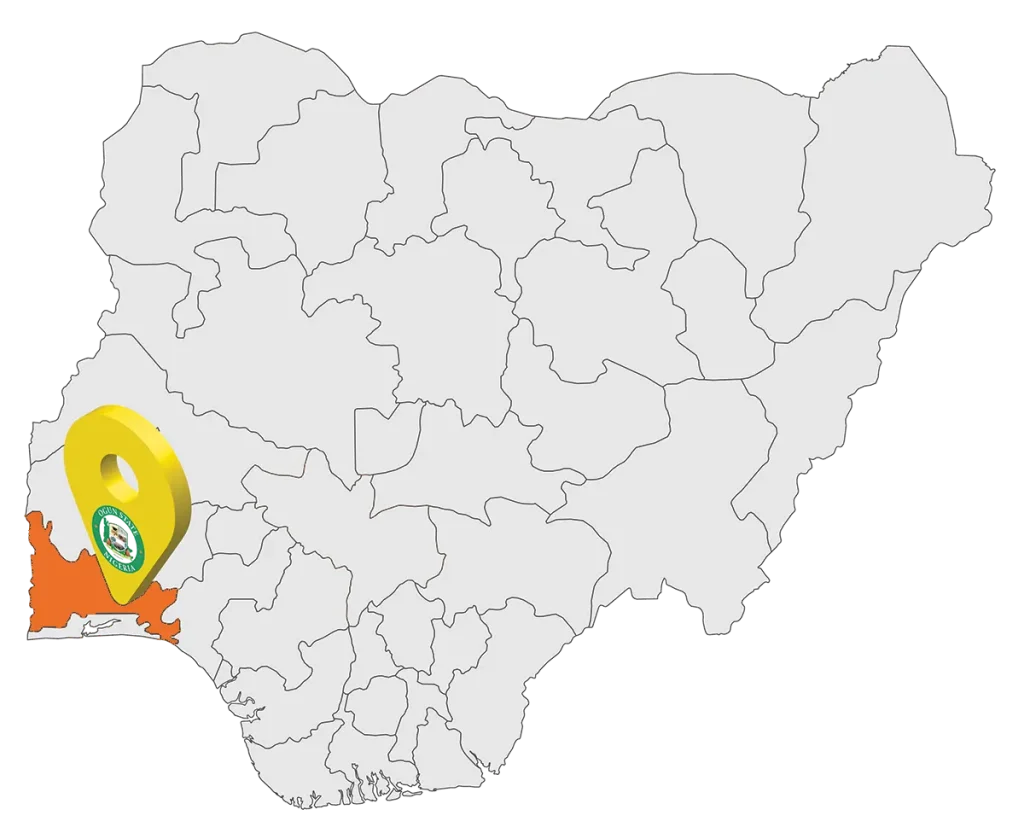Photo by Tatiana Syrikova from Pexels
Recommendations according to The Treatment Guideline method
This treatment guideline shows a set of 21 recommended interventions that are actionable. They can be applied in family disputes, such as divorce and separation.
We have drawn interventions that are beneficial for the wellbeing of disputing parties from international literature in the field of justice. The interventions have been reviewed by experts from several countries. Similar to recommendations in the medical sector, they will be updated accordingly.
The interventions serve as a foundation of knowledge applicable across borders. Experts can customise or adapt them to address the unique needs of their local populations.
Along with the literature review, we have collected best practices from local experts in the Ogun state of Nigeria. Soon, we will share best practices of local experts from additional countries.These will reflect the experiences of local professionals, offering practical guidance for individuals and organisations within a particular geographical context.
Together, the international literature and local best practices form a comprehensive set of evidence-based guidelines. HiiL’s prof. dr. Maurits Barendrecht, Tim Verheij, Isabella Banks and Manasi Nikam have developed the methodology of developing guidelines for different justice issues. The Family Justice Catalogue that was created in Uganda is the first guideline that we put into practice. A team of local researchers and practitioners developed it. Local legal aid organisations are now starting to implement the Catalogue in their working structures. More countries will follow.
More research where interventions are systematically compared and evaluated is needed.


